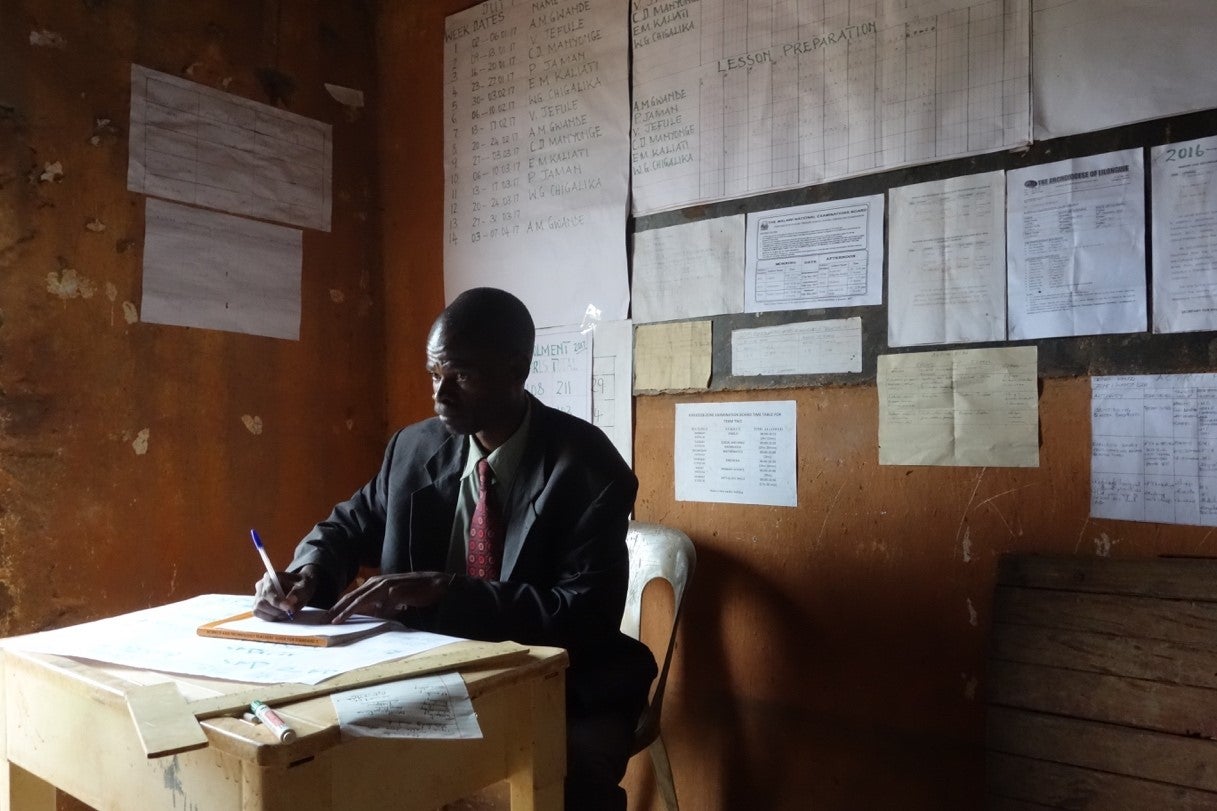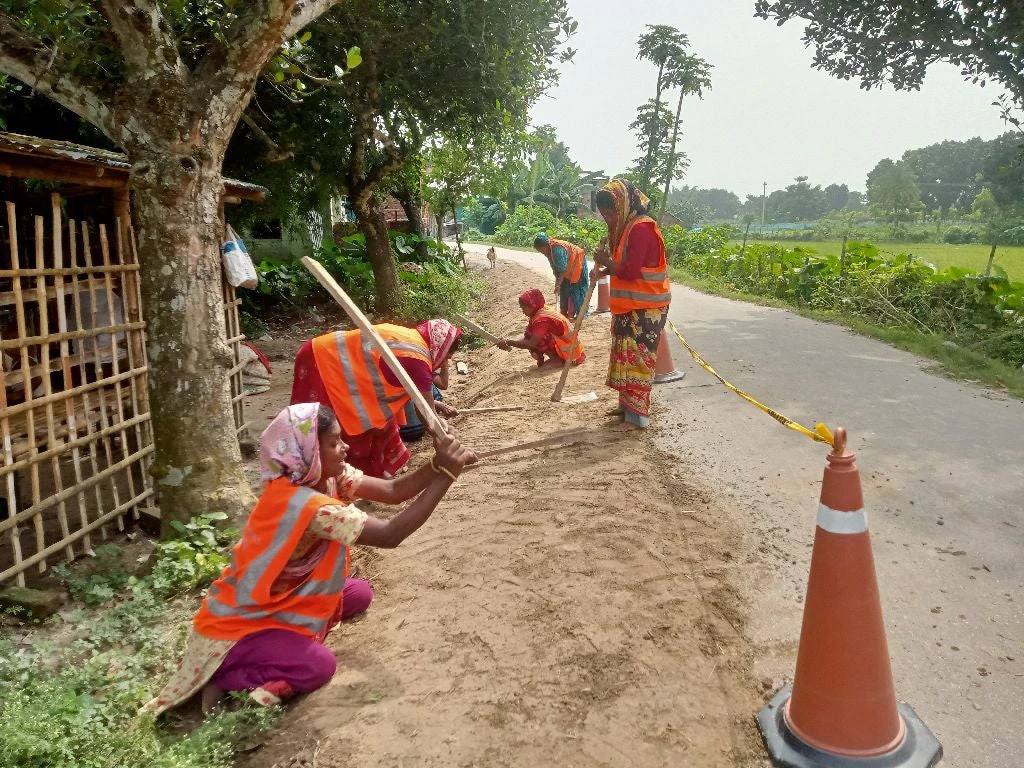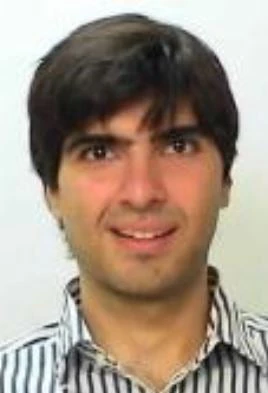
On January 31, 2019, we officially unveiled Teach, World Bank’s new classroom observation tool, as part of the launch of the Global Platform for Successful Teachers event. Since the event, we’ve received many emails and comments online (see here and here) from teachers in Argentina, Colombia, Ecuador, Dominican Republic, India, Peru, and El Salvador; policymakers in Côte d'Ivoire, Colombia, and Ecuador; NGOs in Jordan, Liberia, and Guatemala; and researchers from Brazil, the Philippines, Puerto Rico, Senegal, Peru, and Venezuela. Most of their messages focus on two main questions: 1) How to implement Teach and 2) How Teach can be used to support teachers and improve their teaching practices. This blog aims to address these questions. If you have additional queries, please check out our web page or email us at: teach@worldbank.org.
1. A five-step guide to implement Teach
 Consult with stakeholders on what
Teach measures and discuss its applicability in the local setting. This consultation will likely end in three potential scenarios: “No, we prefer not to use the tool;” “Yes, the tool looks great;” or “Yes, we’d like to use the tool, but we want to adapt it.” In this scenario, we recommend leaving the core elements as is; however, it is possible to work with experts from the
Teach team to add additional elements.
Consult with stakeholders on what
Teach measures and discuss its applicability in the local setting. This consultation will likely end in three potential scenarios: “No, we prefer not to use the tool;” “Yes, the tool looks great;” or “Yes, we’d like to use the tool, but we want to adapt it.” In this scenario, we recommend leaving the core elements as is; however, it is possible to work with experts from the
Teach team to add additional elements.
 Once all stakeholders agree to use the tool, you’ll need
video footage of classrooms from the country/region where you intend to apply
Teach.
Why? Because context matters. For example, you don’t want to train observers who are applying the tool in Kuwait with video footage from Canada as the material would be neither contextually relevant nor reflective of what Kuwaiti observers will see in the classrooms. Obtaining these videos will require you to coordinate with local authorities and obtain the teacher’s
consent.
How to avoid Hawthorne Effects? Follow these
guidelines.
Once all stakeholders agree to use the tool, you’ll need
video footage of classrooms from the country/region where you intend to apply
Teach.
Why? Because context matters. For example, you don’t want to train observers who are applying the tool in Kuwait with video footage from Canada as the material would be neither contextually relevant nor reflective of what Kuwaiti observers will see in the classrooms. Obtaining these videos will require you to coordinate with local authorities and obtain the teacher’s
consent.
How to avoid Hawthorne Effects? Follow these
guidelines.
 Once you have the videos,
experts certified on Teach will code them.
What does it mean to code a video? Experts watch the classroom footage and use the
Teach manual to assign a numerical score to the teaching practices they observe.
Once you have the videos,
experts certified on Teach will code them.
What does it mean to code a video? Experts watch the classroom footage and use the
Teach manual to assign a numerical score to the teaching practices they observe.
 Using these videos, a
Teach trainer conducts the observer training. If you need a trainer, please
contact us. This training lasts four days and follows the latest evidence on
how learning works. Check out this
lecture for a quick summary. As such, our training is
practical with the majority of observers’ time spent practicing coding classroom footage. After the four-day training, observers are required to pass a certification exam on day five which requires coding three videos accurately.
Using these videos, a
Teach trainer conducts the observer training. If you need a trainer, please
contact us. This training lasts four days and follows the latest evidence on
how learning works. Check out this
lecture for a quick summary. As such, our training is
practical with the majority of observers’ time spent practicing coding classroom footage. After the four-day training, observers are required to pass a certification exam on day five which requires coding three videos accurately.
 The observers who pass the certification exam can conduct classroom observations using Teach either live or by video. One of the bottlenecks we identified in conducting these observations is the time it takes to input and analyze the results. To address this challenge, we’ve created
automatized programs that label, clean, and analyze the data. These programs automatically generate tables and graphs with all the descriptive statistics (see an example,
here). This program also includes a pre-built template report to make report writing easier.
The best part? This program reproduces the psychometric analysis conducted in our validation
paper. For more on psychometrics, see
here.
The observers who pass the certification exam can conduct classroom observations using Teach either live or by video. One of the bottlenecks we identified in conducting these observations is the time it takes to input and analyze the results. To address this challenge, we’ve created
automatized programs that label, clean, and analyze the data. These programs automatically generate tables and graphs with all the descriptive statistics (see an example,
here). This program also includes a pre-built template report to make report writing easier.
The best part? This program reproduces the psychometric analysis conducted in our validation
paper. For more on psychometrics, see
here.
2. How can I use Teach to provide individualized feedback to teachers?
The short answer to this question is –
we’re working on it and would love to hear from you. We’re currently in the process of developing
Coach, a protocol that will help
close the feedback loop needed for
effective professional development. Teach is not meant to be used to evaluate teachers, instead, it helps teachers identify what they are doing well, and where there are areas of improvement ; whereas,
Coach will provide principals and coaches with the resources to effectively use
Teach data to better support teachers in their daily work. This includes training them on how to conduct observations, provide feedback, model high quality teaching practices, facilitate role-plays, and develop action plans to help teachers reach their goals.
Do you have ideas or suggestions for us? Are you responsible for teachers’ professional development in your country/region and would you like to learn more about Coach? We’d love to hear from you! Contact us with your suggestions, comments, and ideas for collaboration at coach@worldbank.org.




Join the Conversation